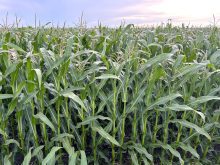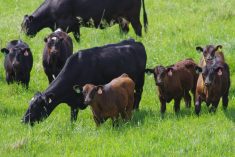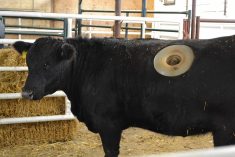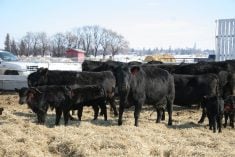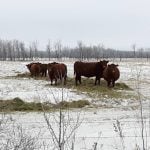A new federal ecological goods and services program, the first of its kind, was announced in late July as part of the next five-year agriculture framework dubbed the Sustainable Canadian Agricultural Partnership.
About $250 million will fund a new Resilient Agricultural Landscape Program (RALP), designed to support ecological goods and services provided by the agriculture sector.
“There are not a ton of details available yet,” said Tyler Fulton, a Manitoba cow-calf rancher and a Canadian Cattle Association officer at large, who attended the annual agriculture ministers’ meeting in Saskatoon.
Read Also
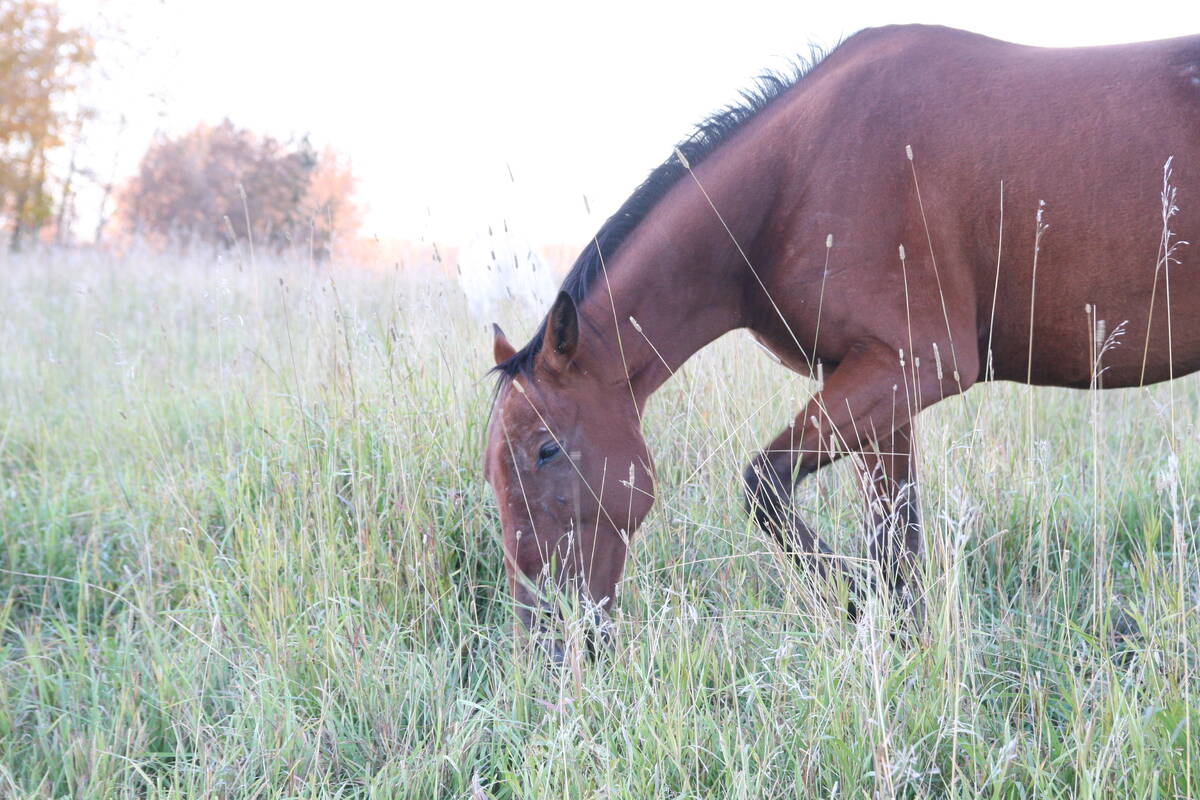
Beware giving horses too much iron
Horses consuming too much iron through diet or well water risk health problems like laminitis. Mineral testing forage and water is good practice for owners.
“It is great that the government has dedicated $250 million to environmental goods and services that can go to producers and ranchers who can demonstrate benefits to the environment, with outcomes like carbon sequestration and wildlife habitat, and a more resilient landscape to handle risks like fires and floods,” said Fulton.
He said he does not know how the program will be administered but is happy dollars have been earmarked for it.
“I expect to be more engaged with them over the next 10 months, leading to the start of the new policy framework. I do understand that there’s going to be some differences from province to province.”
Fulton said he doesn’t know whether RALP will be based on existing programs such as ALUS (Alternative Land Use Services), which helps farmers maintain ecosystem services on agricultural lands.
There has never been a cross-country ecological goods and services program in Canada, he said.
Fulton called the program “the opening of a door,” noting that $250 million is not enough to support grasslands.
“If you expand it across the whole country, and you add in other programs that will relate to croplands, it probably falls short of what is really needed to move the needle on that.
“That said, without a start, we’d be wasting another five years. I do think it’s a really important success that we’ve got something to start with, and then we can go about how best to administer it. Ideally, we will develop some market-based systems that can allocate those dollars to the best bang for the buck.”
Fulton said some producers have already made environmental changes that may cost them money, but they did it because it will be better in the long term. RALP might provide some compensation for those costs.
“At the end of the day, from a cattle producer standpoint, we know that there’s a ton of resiliency that comes from the grasslands — carbon sequestration and flood mitigation and even fire mitigation in the mountains. Why shouldn’t there be some recognition for those byproducts that producers are providing as a byproduct of producing beef?”
Collaboration wanted
“This entire announcement, to me, just shows that the government is seeing the value of agriculture in Canada and is hopefully working more closely together with the sector for the sustainability and viability of it. I don’t know that we’ve seen that in the past.
“I think this is a huge and great positive step for more synergies and a working relationship,” Sheila Hillmer, a cattle and crop producer from Del Bonita, said.

“Because there hasn’t been a lot of definition yet, I think the government will be able to work with the Alberta Beef Producers and the Canadian Cattle Association to see how we need to develop a program that works and is aligned with their vision as well.”
Hillmer wants collaboration between the government and producers.
“As long as we’re involved in developing a program, we’ll come up with workable solutions,” she said.
She is also happy the Sustainable Canadian Agricultural Partnership has put emphasis on participants and aims to encourage Indigenous people, women and youth to work in the sector.
“I’ve said several times that my sons are taking over the business. This is a challenging sector to try not only to stay in, but to enter in, so if there are programs and initiatives that can support that, I think that’s fantastic.”
Hiller said she hopes it’s the beginning of a longer-term and more robust program.
“These programs need to enhance the environmental goods and services, but recognize that there is much to be done, and this is the tip of the iceberg. We need to do this in a collaborative fashion and it needs to be provincially based, because there are so many differences across ecological systems.”
The Sustainable Canadian Agricultural Partnership was announced by federal Agriculture Minister Marie-Claude Bibeau, and her provincial, federal and territorial counterparts on July 22





